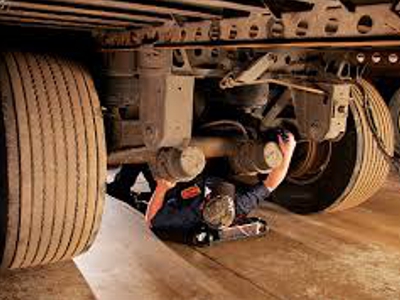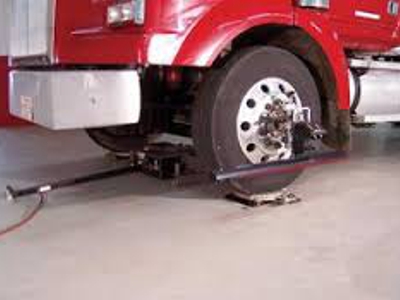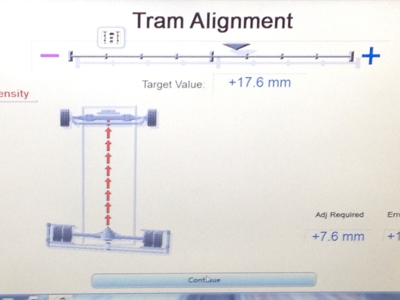Our Services
Wheel Alignment is the positioning of the interrelated angles of a front suspension, rear axle or housing to give the maximum amount of tyre life, steering ease, steering stability and increased life of suspension components.
Improper wheel alignment results in excessive or irregular tyre wear, hard steering, poor drivability and premature failure of suspension parts.
Several alignment factors must be considered in order to achieve proper wheel alignment. The top four factors are Toe, Tracking, Camber and Caster.
Toe and Tracking are the two most critical alignment settings for front-end tyre wear. Toe is adjustable to reduce (eliminate) shimmy (vibration) in the steering wheel. Excess or too little toe will make the front wheels fight each other, thus increasing wear. Tracking misalignment will also cause irregular tyre wear in the steer tyres. Tracking, or thrust, is gauged relative to the vehicle centreline.
Camber and Caster are the third and fourth most critical alignment settings for front end tyre wear. Camber is defined as the inward or outward tilt of the top of the wheel. The main purpose of camber is to keep the tyre flat on the road while the vehicle is loaded and in motion. Caster is the forward or rearward tilt of the king-pin. Extreme caster settings can cause handling problems leading to driver fatigue.

Pre-Alignment Check
Before we carry out a laser alignment on your vehicle, we conduct a comprehensive check to ensure there are no issues (tie-rods, springs etc) that require fixing before an alignment is performed.

Front End Alignment
Some vehicles do not have adjustments on the rear axles, so we only perform the alignment (toe, camber and caster) checks on the front (steering) axles.

Total Vehicle Alignment
Our specialised equipment allows our technicians to guage toe, camber, caster, steering stops, as well as rear tracking on tractor units and trailers. A total vehicle alignment can make a big difference to how your rig (artic, truck & trailer, or B-train) handles on the road, and your tyre wear and fuel consumption.

